
The MGD patient journey: diagnosis + initial treatment
Cynthia Matossian, MD, FACS, ABES, discusses the big disconnect between signs and symptoms of ocular surface disease, including meibomian gland dysfunction, and why a clear process for educating patients and initiating treatment is essential.
Special to Ophthalmology Times®
There is a big disconnect between signs and symptoms of
Sometimes, even when the glands look terrible, patients will tell me, “But I feel fine!”
It has taken me some time to hone my messaging to patients so that I am clear and direct, motivating patients to accept treatment and be compliant with at-home measures, while not confusing or overwhelming them.
Related:
The first step is to educate patients that MGD is a chronic and progressive disease that should be treated regardless of the severity of symptoms. I explain that even if patients are asymptomatic now, their symptoms may worsen in the future, especially if they undergo surgery.
I find meibography images to be extremely helpful with this part of the education process. LipiView and LipiScan (Johnson & Johnson Vision) are quick, noninvasive tests that can be performed by a technician, with the images displayed in the exam room to help educate the patient.
I explain that we want the glands to look like piano keys—upright, straight, and in a neat row. The more curved or missing “keys” they see, the greater the damage.
Related:
Starting with a few minutes of education about the meibomian glands can translate into better compliance with therapy and follow-up with my recommendations.
Next, I explain the treatment plan. Here, it is most important to say where you will start, the primary treatment modality for MGD, and when you want to see the patient again.
Even though I know there are many variables and steps in my process, I don’t want to overwhelm patients with too many decisions at once.
I tell them that thermal pulsation therapy is our primary treatment for MGD, but that we will start with baby steps to build a solid foundation for this treatment. For me, that foundation includes three elements:
- Make sure the patient is using a good quality, nonpreserved artificial tear. If they have been using a redness-reducing drop like Visine (Johnson & Johnson Consumer) or an anti-allergy drop in place of a lubricant, educate them about how those drops should be used correctly.
- Start oral omega-3 supplements. I explain to patients that their glands are not making lipids. In essence, the lipid “factory” is partially shut down, so they need to ingest more of this essential fatty acid to support the factory.
- Use a heated Bruder mask a few times per week. Typically, patients enjoy the mask and find it relaxing. It helps to keep lipids viscous and keep the gland orifices open. Patients do need to have a microwave available to use these masks.
About 3-4 weeks after beginning these foundational practices, I bring the patient back for their LipiFlow thermal pulsation therapy (Johnson & Johnson Vision).
Related:
In my experience, LipiFlow is a very effective treatment to heat, liquefy, and evacuate the meibum. This is an essential step to open up and clean out impacted glands.
At this stage, it is important to educate the patient about what to expect. They may or may not experience a reduction in symptoms, and the treatment won’t be a one-time event, but it will get them started on the path to a healthier ocular surface and tear film.
I explain that I’ll see them back in another 4 – 6 weeks to evaluate progress and discuss any additional steps in the treatment plan.
In my next blog post, I’ll talk about what comes after thermal pulsation therapy.
Newsletter
Don’t miss out—get Ophthalmology Times updates on the latest clinical advancements and expert interviews, straight to your inbox.



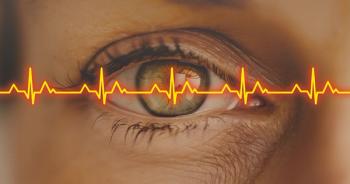
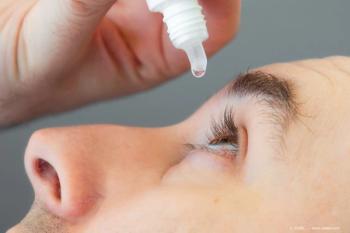
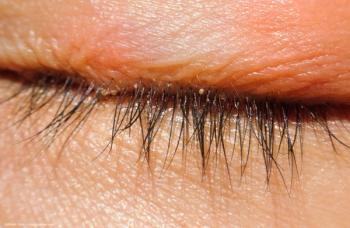


























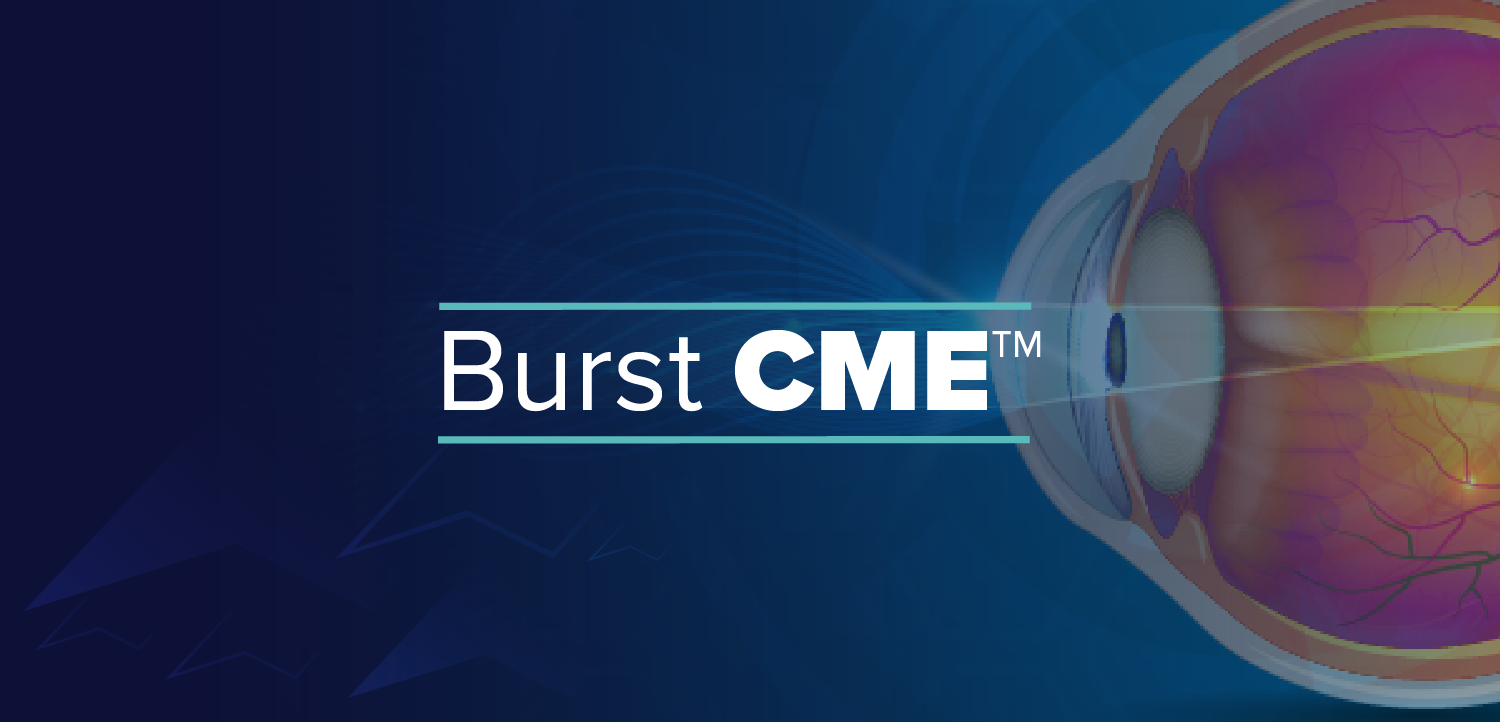

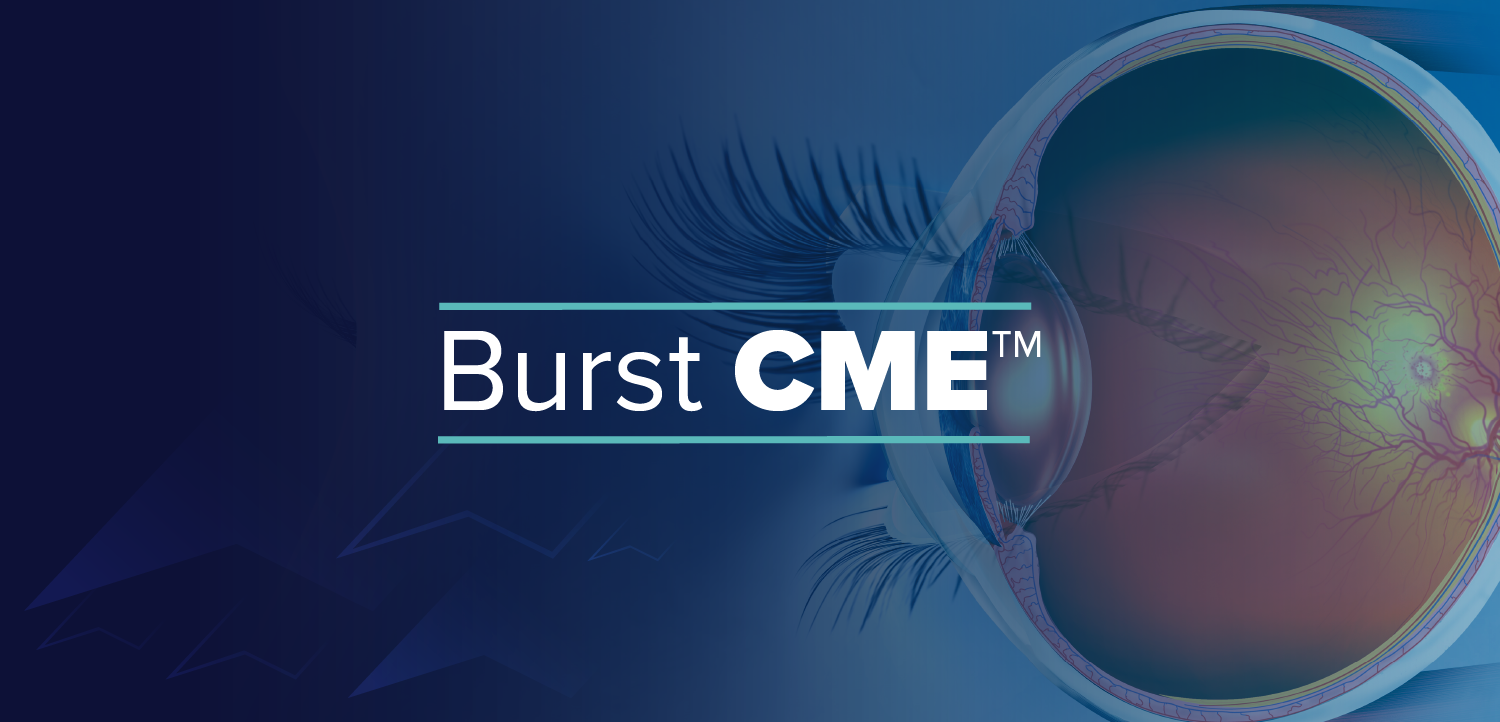
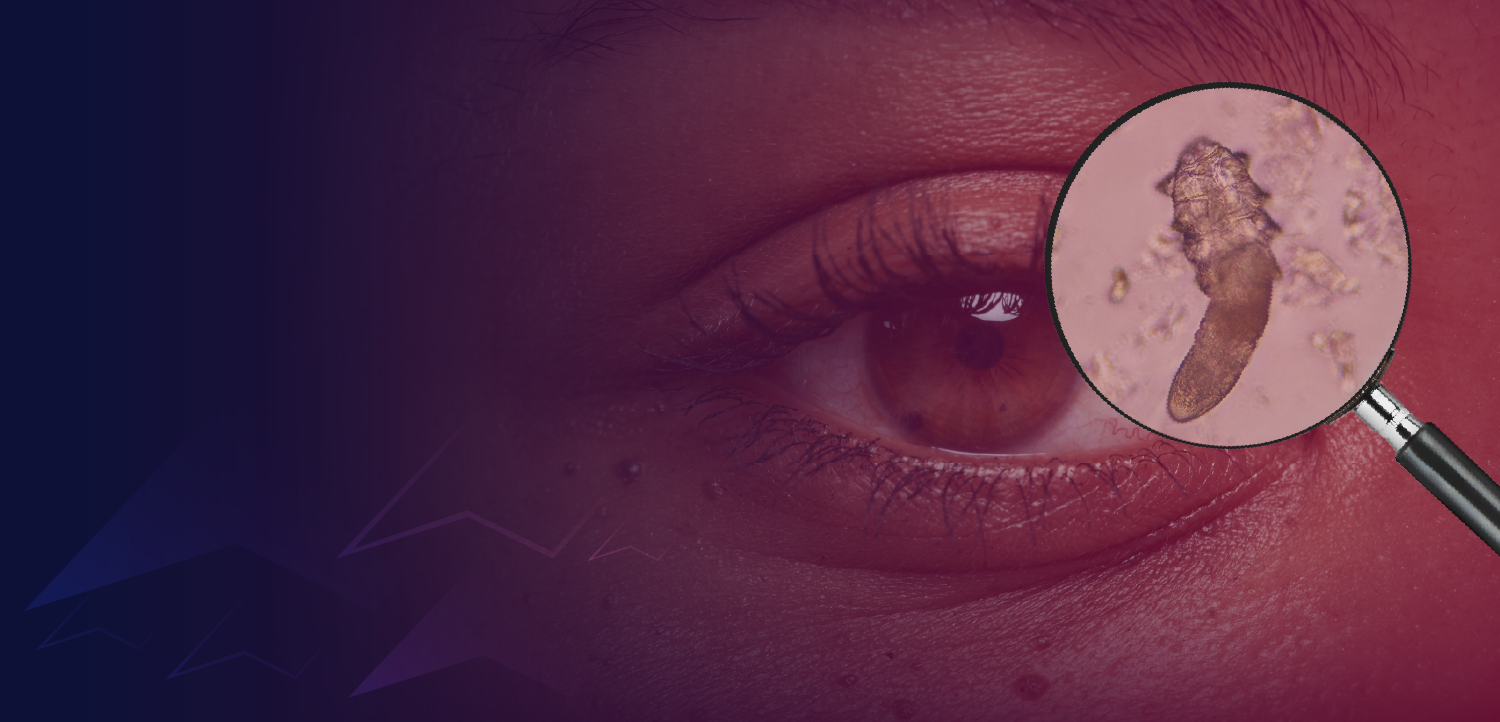















.png)


